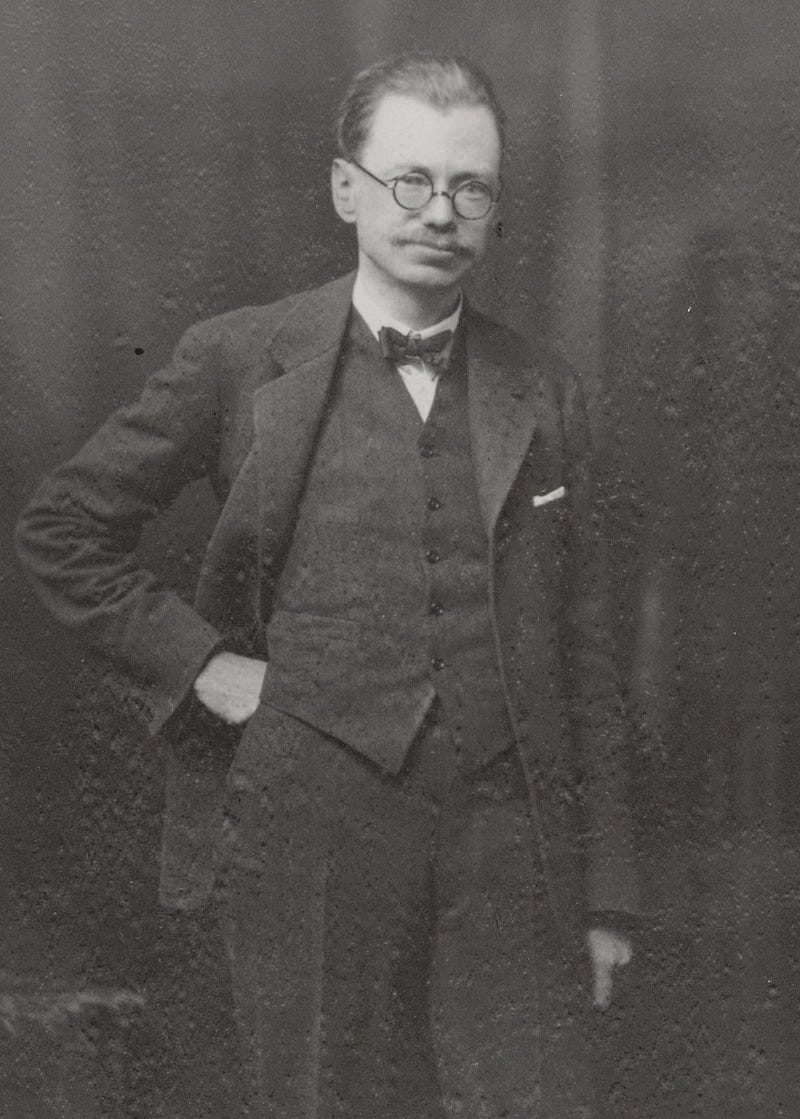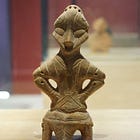World's Earliest Cities
Exploring what defines a city and uncovering humanity's first urban marvels

During the early days of social media in the mid-2000s, I frequently observed spirited debates among people from different countries on the earliest cities in history. Many cited archaeological sites—complete with dwellings and traces of early human progress—as proof of ancient civilizations. Such discussions still continue, but are less common as our understanding of the past has changed significantly in the past two decades.
Yet, many are still confused about whether Çatalhöyük, Mehrgarh, and the mega settlements of Cucuteni–Trypillia culture can be called “cities.”
We need to establish some guidelines before we can categorize any ancient site as a city. If we don’t, we’re just guessing.
What distinguishes an ancient city from a Neolithic commune?
Reminder: By choosing a paid membership (just $5 a month or $50 annually), you’re helping amplify voices that history books too often overlook. Your support means these stories get the attention they deserve.
You’ll gain access to tons of members-only content👇
Full-length deep dives into untold stories: no paywalls, no cuts.
The entire archive of amazing stories from the Ice Age to the Fall of the Mongol Empire, the hottest archaeological finds, and the appetizing history of food.
Early access to special editions—be the first to dive in.
Join lively discussions in members-only posts and subscriber chats.

In the 1950s, the Australian archaeologist V. Gordon Childe made a list of rules to define a city. He proposed the following distinguishing factors for an ancient settlement to be called a “city”:
“In point of size, the first cities must have been more extensive and more densely populated than any previous settlements.”
A city should be bigger and have more people living in it than a village or other smaller settlement. This is a standard that we still use to distinguish between rural and urban centers.
2. “In composition and function the urban population already differed from that of any village … full-time specialist craftsmen, transport workers, merchants, officials, and priests.”
A city needs to have a distinct division of labor and the ability to specialize in different professions.
3. “Each primary producer paid over the tiny surplus he could wring from the soil with his still very limited technical equipment as tithe or tax to an imaginary deity or a divine king who thus concentrated the surplus.”
A city should have a tax or produce a surplus, which the city’s elite would control.
4. “Truly monumental public buildings not only distinguish each known city from any village but also symbolize the concentration of the social surplus.”
A city, of course, is distinguished by enormous constructions and monumental structures such as temples, palaces, and granaries.
5. “But naturally priests, civil and military leaders, and officials absorbed a major share of the concentrated surplus and thus formed a “ruling class”.”
A city should have a clear and hierarchical framework for governance with a distinct ruling class.
6. “Writing.”
A clear system of writing and record-keeping is necessary for a settlement to be called a city.
7. “The elaboration of exact and predictive sciences — arithmetic, geometry, and astronomy.”
Science and technology are essential for a city to thrive. They distinguish between a Neolithic settlement or village and a city.
8. “Conceptualized and sophisticated styles.”
Art and architecture are crucial aspects of a city.
9. “Regular “foreign” trade over quite long distances.”
A city must be the focus of long-distance foreign trade rather than limited to businesses with neighboring communities.
10. “A State organization based now on residence rather than kinship.”
Government is an integral part of any city. The ruling class is based in official buildings like palaces, and they rule the people more by their power than by their relationship.
Childe’s rules for defining a city are robust, but the knowledge of archaeology and the emergence of urban centers in different parts of the world have evolved since. I have seen criticisms of Childe’s definition of cities and civilizations as “Eurocentric.” They probably are. However, we must realize that he lived between 1892 and 1957, when many of the civilizations and cultures we discuss in Forgotten Footprints were still unknown.
Hence, we should give Childe the benefit of the doubt, as he was working with the information available at the time. He did his best to define a city, but there were a few factors that he overlooked.
Let us take, for example, criterion number 8. The presence of conceptualized complex art genres is not limited to cities. In Neolithic settlements, there is evidence of high-quality art. Even Paleolithic art is advanced, as seen in the Lascaux Caves in France or the Bhimbetka Caves in India.
Recent dating of the 66,000-year-old cave paintings at the Maltravieso Cave in Spain suggests that the earliest artists were Neanderthals.
Art predates urbanization.

Point 7, the existence of sciences, maths, and astronomy, is another problematic requirement. Astronomy and sciences developed before the urban revolution. They don’t require established cities to thrive. We have discussed complex metallurgical processes in the Balkans in a post on the Vinča culture.
The Indigenous People of North America living near the Great Lakes knew smelting and cold-working copper long before they began farming. Human progress is seldom linear.
What about the monuments and public structures mentioned in point 4?
Göbekli Tepe has altered the perception that colossal structures are exclusive to cities. At Cahokia, we saw how the Indigenous people of North America began building impressive earthwork mounds before farming.
Several other megalithic structures, such as Ġgantija in Malta ( c. 3600 BC-2500 BC), Stonehenge in Britain, and the Hopewell Mounds in the United States, predate cities.
Is a writing system required for a city, as Childe says in point 6?
Cities have a long history of sophisticated record-keeping. However, there is little evidence of a writing system in the cities of the Oxus Civilization (Bactria-Margiana Archaeological Complex or BMAC), which were as culturally advanced as those of Mesopotamia or the Indus Valley. Archaeologists have found one seal, which suggests that the BMAC people may have been aware of writing. However, there is no evidence of comprehensive record-keeping similar to that found in Egypt, Canaan, or Mesopotamia.
Childe’s definition of a city has some limitations.
But they shouldn’t be dismissed entirely, as the list still serves as a handy guide for archaeologists.
Except for points 7, 8, and, to a lesser extent, point 4, Childe’s definition of a city is still valid.
Modern definitions of a city focus on the size of the settlement, large population, monumental architecture, and socio-economic complexity, such as specialized craft, trade goods, materials, distinct variable-sized houses, and burials.
In his book The City Shaped (1991), architectural historian Spiro Kostof proposed the concept of “energized crowding,” a primary characteristic of ancient cities. Social activities, independent of ruling authorities, occur in densely populated settlements. These energized crowds drive a city’s growth.
Our understanding of ancient cities evolves with the discovery of new evidence. We have broadly defined a city using Childe’s and Kostof’s guidelines. Based on the criteria, let’s embark on a journey across the world to locate humanity’s first cities.
We begin our search down the River Nile.
Keep reading with a 7-day free trial
Subscribe to Forgotten Footprints to keep reading this post and get 7 days of free access to the full post archives.



